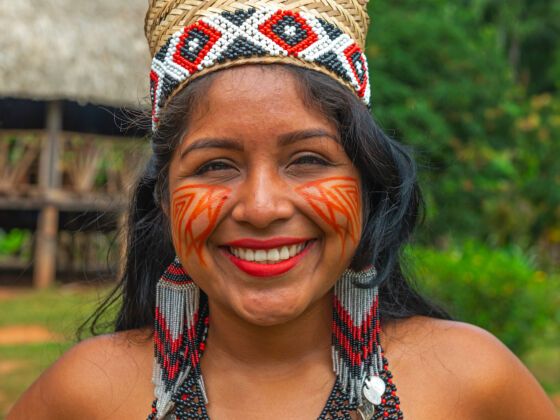1. There is no single stereotype of someone who “looks Panamanian”.
Panama is a small, but diverse country of only about 4 million with a large mestizo, African, Asian, expat, and indigenous population. Panamanian indigenous groups maintain their autonomy, culture, traditional dress, and languages. There are also various Afro-Panamanian communities descended from enslaved people brought from Africa by Spaniards, Cimmarons who escaped and lived among the indigenous people, and laborers and indentured servants brought over from the West Indies to build the Panama Canal during the 1900s. Generations of Asians have also successfully settled in Panama following their contributions to the construction of the Canal. There are a growing and influential number of Venezuelan and Colombian immigrants in Panama as well as Jewish and Arab merchants attracted by the opportunities presented by the Panama Canal. This mixing of cultures has created a hybrid in which Panamanian identity continues to evolve in a way that’s inclusive of others.
